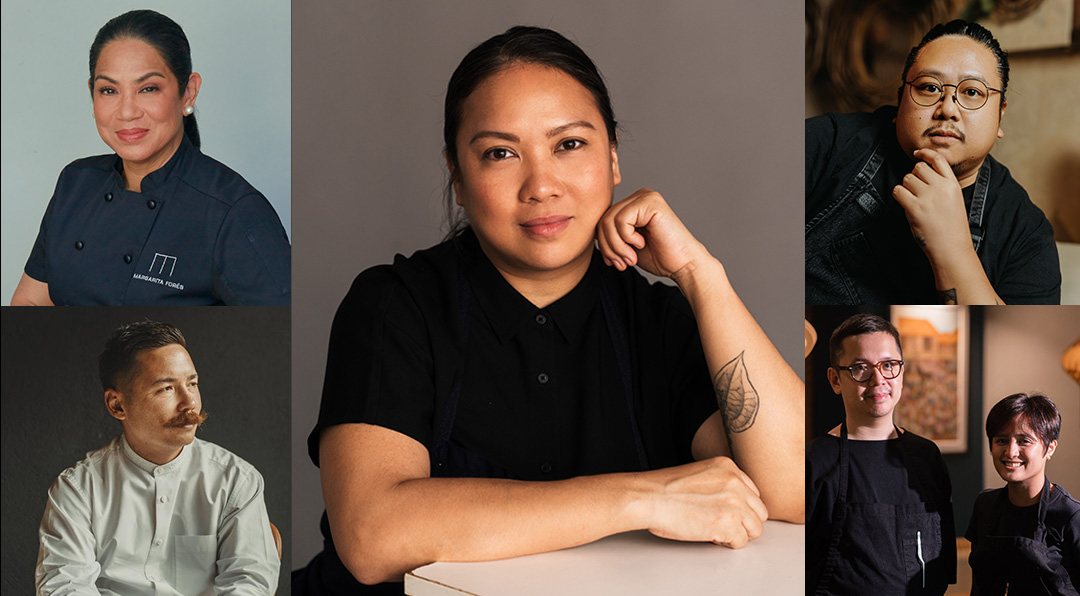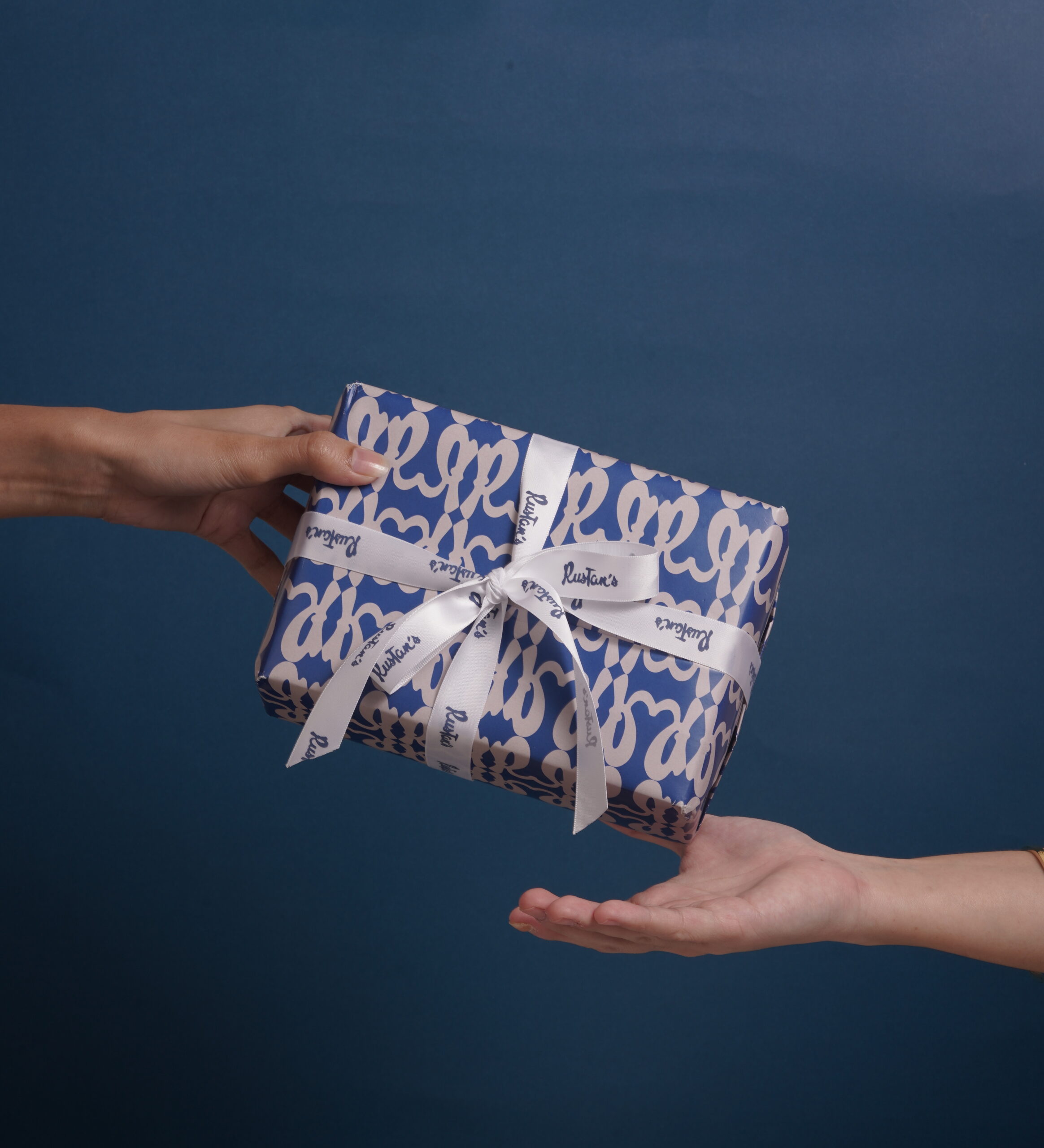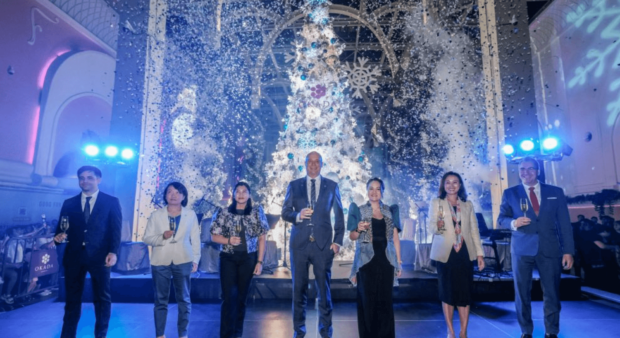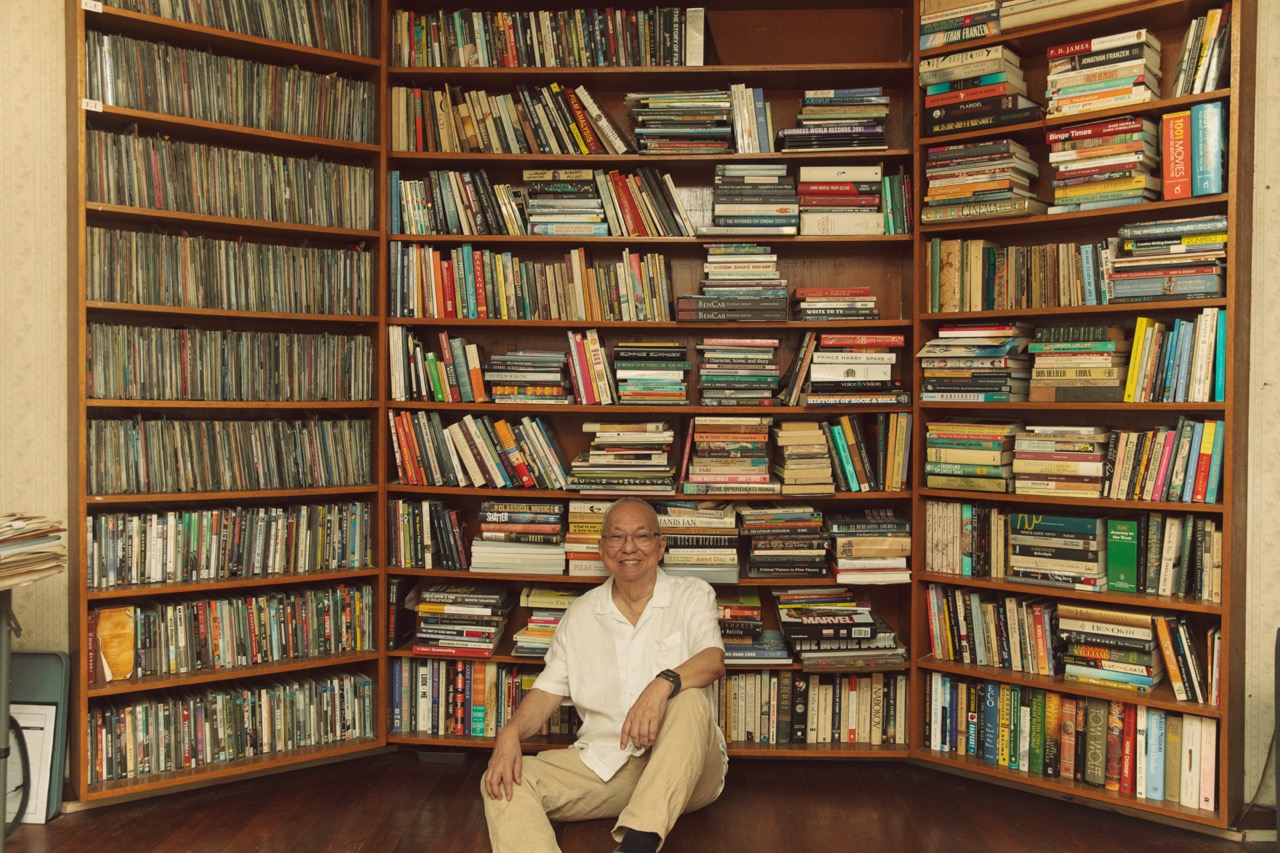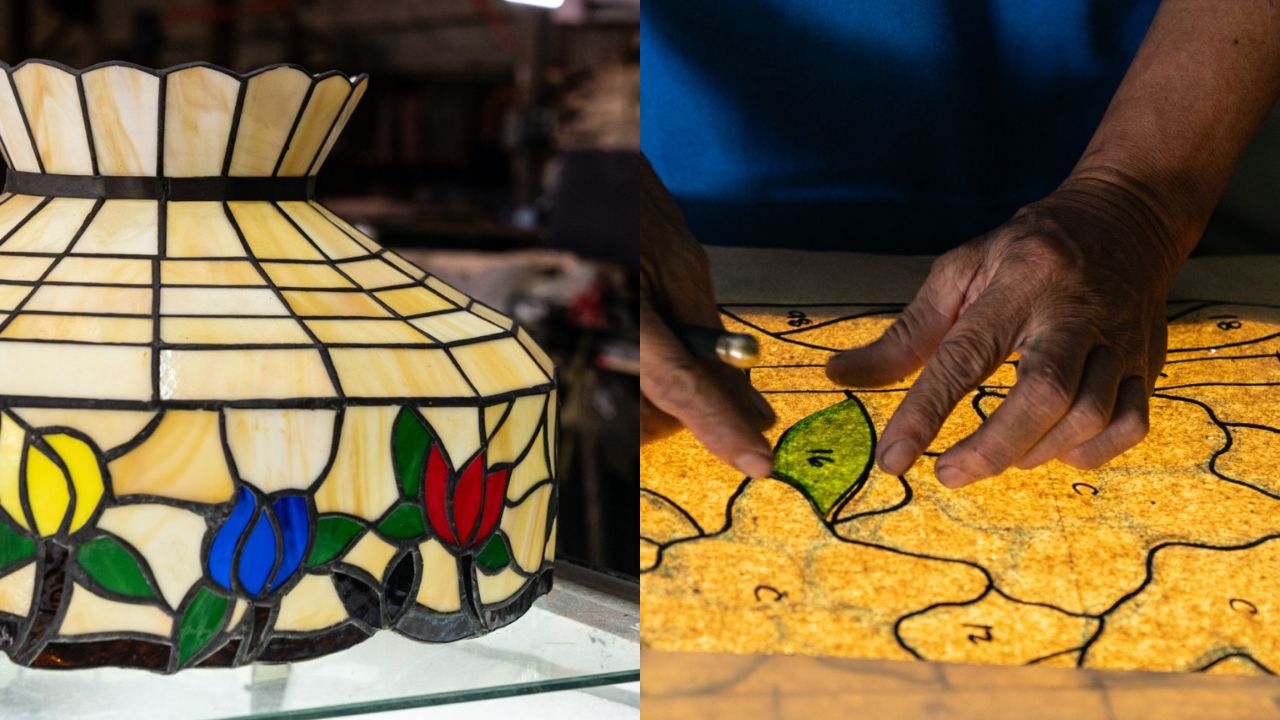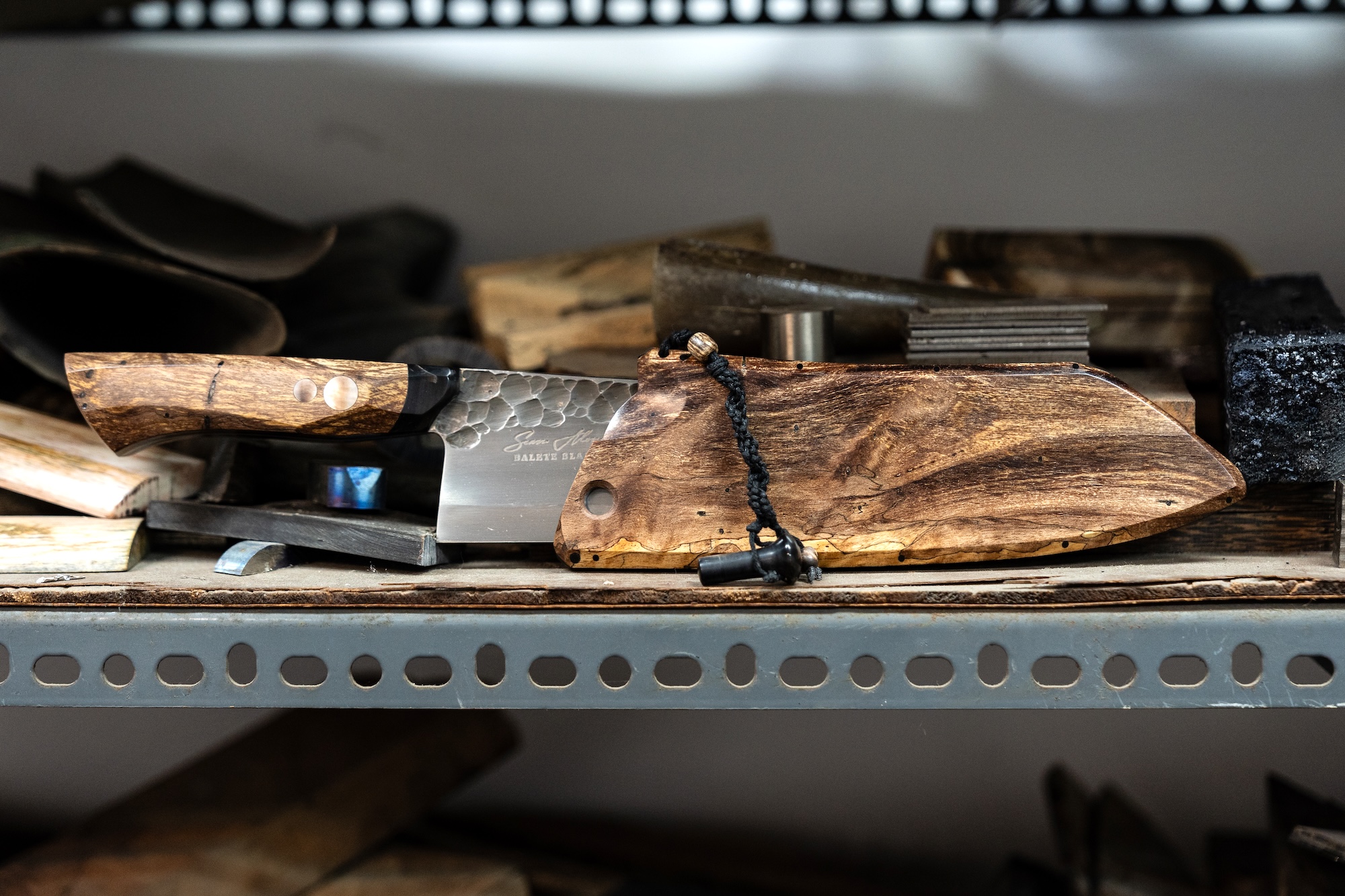“I have a green heart,” says environmentalist Marianna Vargas, “but not a green thumb.” Between her job as a policy project officer at the Oscar M. Lopez Center for Climate Change Adaptation and Disaster Risk Management Foundation and her frequent beach trips, Vargas constantly tries to grow tomatoes, peppers, and garlic, but with less than successful results. “I [would like to] feel empowered by growing my own food, but I’m failing at it miserably,” she admits good-naturedly.
Despite this, the University of South Wales graduate remains at the forefront of the environmental cause; the rosé she offers us bears a “Protect Planet” logo on its bottle. After all, climate change calls for an immediate lifestyle shift and not just planting more trees. “There is no tomorrow or next year when it comes to climate change,” Vargas states. “It is absolutely about the now.”
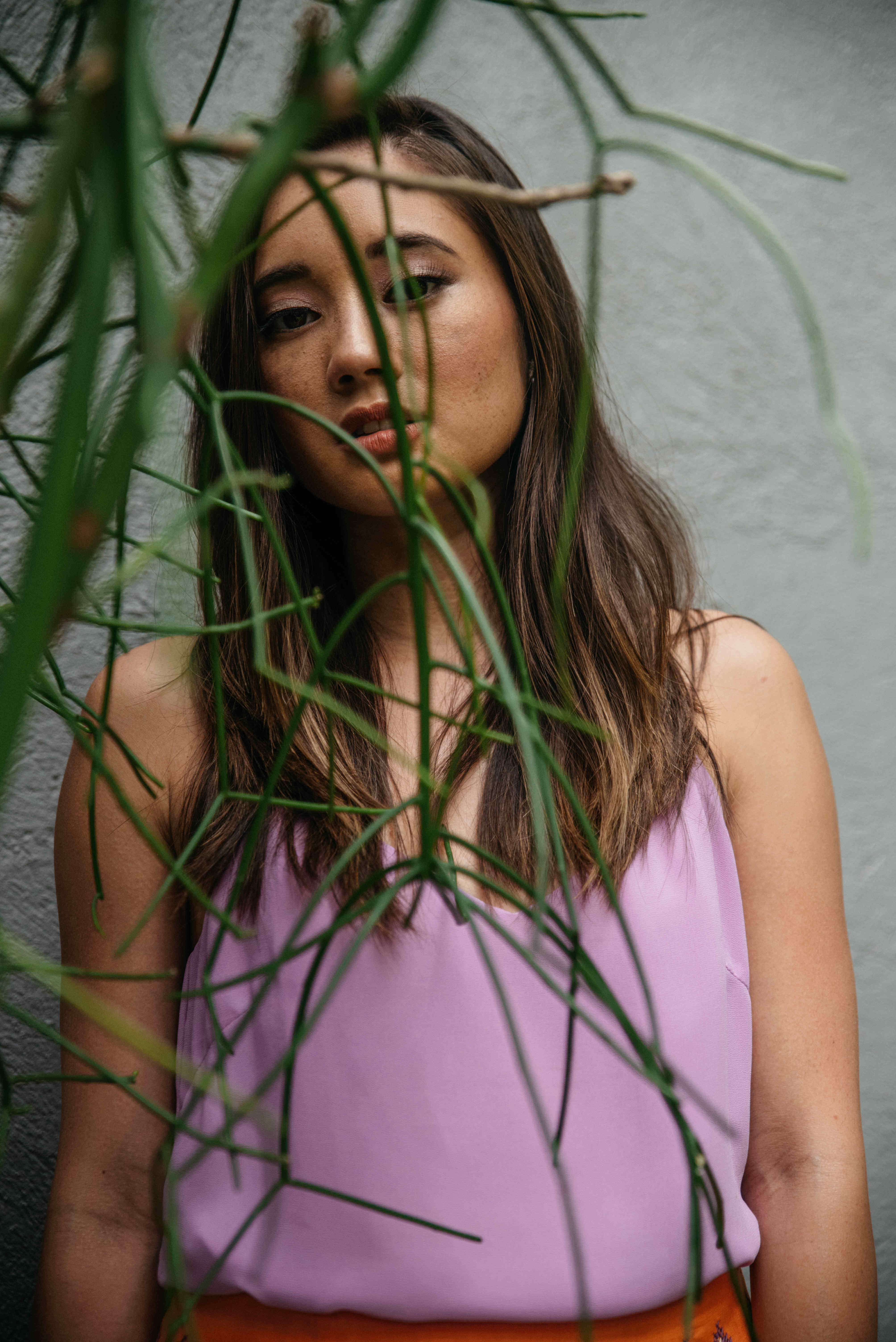
What is your most recent discovery about our environment?
[That] the Philippines is the most important country in the world in terms of biodiversity, yet we remain one of the lowest in terms of investing in its protection and conservation.
What are the common misconceptions about climate change?
That it is simply an environmental problem. Climate change isn’t just happening in some far off rainforest or off the coast of Antarctica. When a super typhoon makes landfall, it disrupts and paralyzes entire nations. Pollution travels almost as far as our favorite budget airlines take us, and the people experiencing the harshest effects of climate change are those who made the least contribution to the problem.
As an environmentalist, do you still use plastic?
Honestly, the thing in this city is there are so many plastic by-products that you don’t even realize it. When I buy something, even if I carry it in an eco bag, I discover it [packaged] in plastic once I open it. At its core, [being an environmentalist means] just consuming less. If I were to be honest, I have a certain discomfort with how sustainability is being marketed now. I think the concept of it has been turned upside down, used as a marketing tool to promote precisely what it’s meant not to do, which is getting people to consume more. People think that if they were consuming something green, it’s more sustainable. But in truth, sustainability is about [being more conscious of] how your choices impact everything else. It’s about being a conscious consumer, of being more thoughtful of and responsible in your choices.
Part of the problem we have right now is that people are having a hard time getting out of the convenience of our lifestyles. Now, I have this thing of not turning on the air-conditioner in my room until I’m absolutely sweating; it’s been a conscious effort, because I had to sacrifice a level of convenience. You can only use an eco bag so much, you can only change your light bulbs to LED so much, but until we have leaders in place who can actually make the transformative shift, we will only go [a certain distance]. It’s just a lot of effort and some people simply cannot be bothered. Apathy is the worst enemy of environmentalism.
This post was originally published in Northern Living, January 2017.

